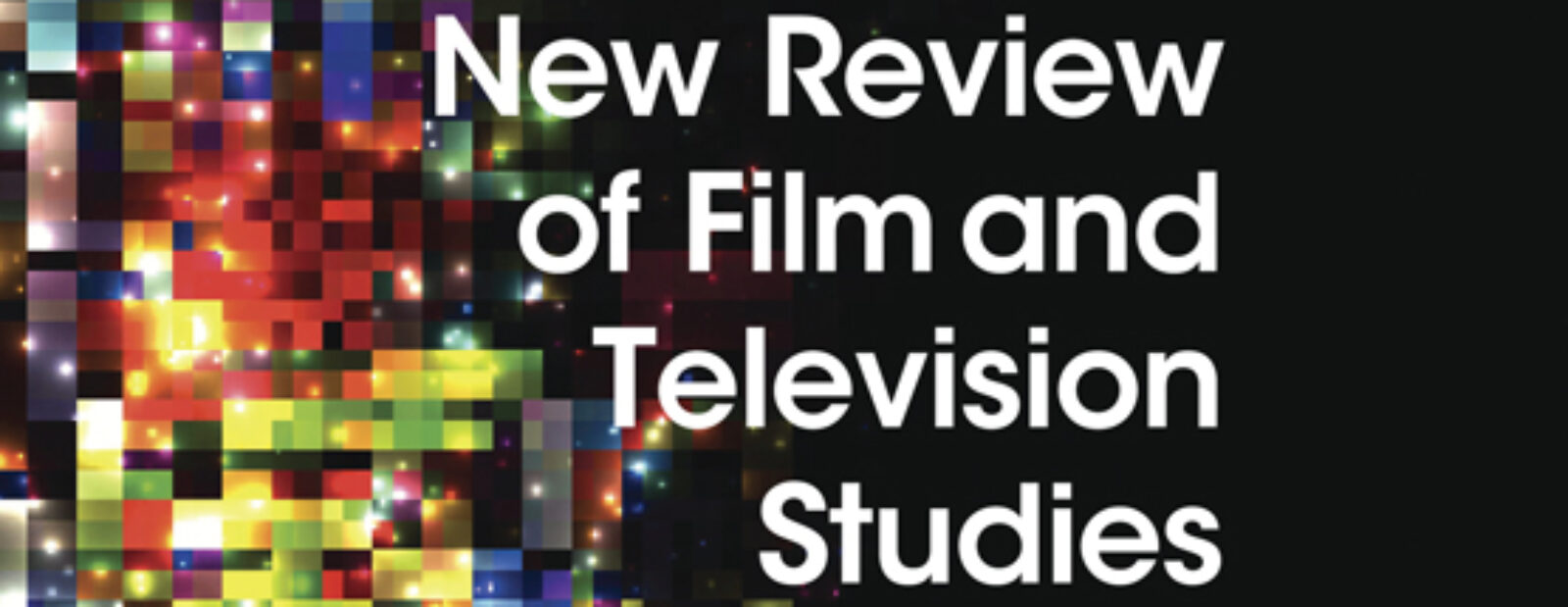Articles
Classical Hollywood Cinematographers and the Cultural Capital of Television
First Prize Winner in 2024 SCMS Television Studies SIG Graduate Essay Contest
By Casey Walker

EXCERPT: “Given that cinematographers were instrumental to the development of television, this article focuses on these technicians’ contributions to the medium’s technological and infrastructural history. […] Ultimately, this article attempts to illustrate how cinematographers were essential to the early years of television, documenting their education and recruitment to the new medium, their technical contributions, and their adaptability during the turbulent convergence of the Golden Age of Television and the decline of the classical Hollywood studio system.”
“Solution to an Ongoing TV Problem”: The Rebooted Limited Series as Quality TV Format
By Molly A. Schneider
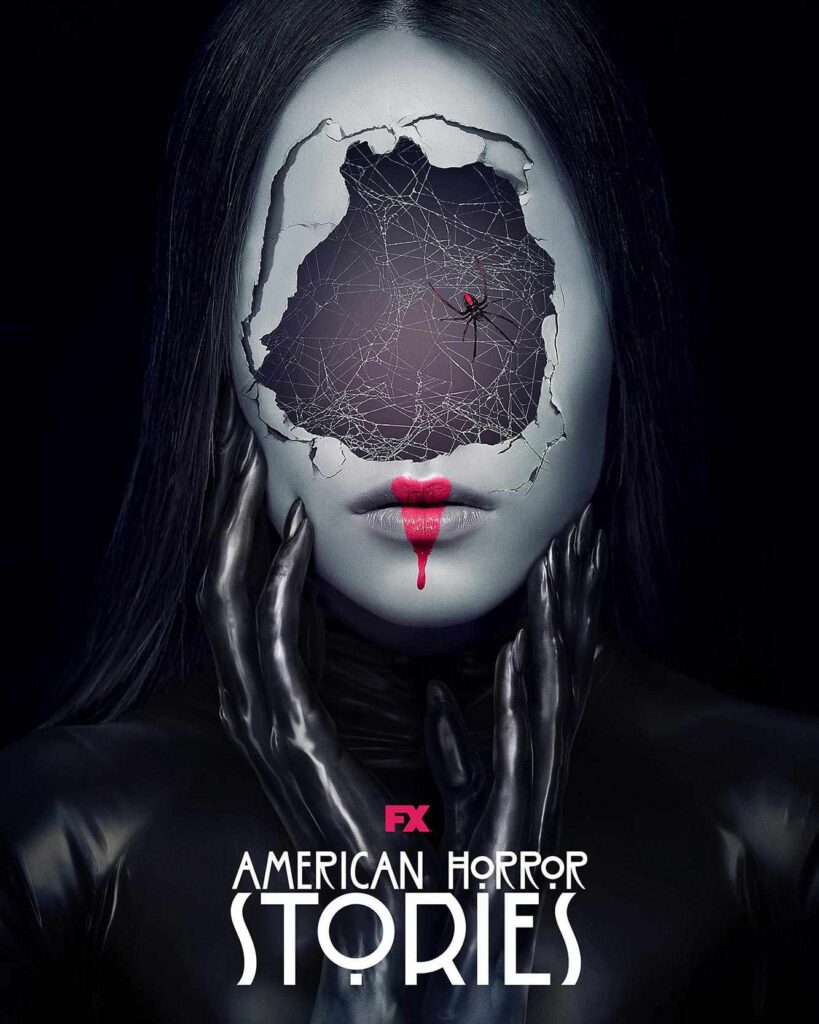
EXCERPT: “Ultimately, the limited series is a moving target, one that is largely defined through the way the industry talks about it, rather than through rigid or immovable essentialisms. This is certainly not to say that there are not concrete conditions and forces at work, but, rather, to acknowledge that our waning era of so-called ‘peak TV’—like any era of television, really—is marked by its own forms of constant rearticulation. […] Consequently, even as industry rhetoric about the limited series must be saliently established in order to be legible, it also must remain flexible enough to continually evolve with industrial-rhetorical shifts.”
More to the Picture than Meets the Eye: Ecocinema, Landscape, and James Benning’s Deseret
By Tyler Parks
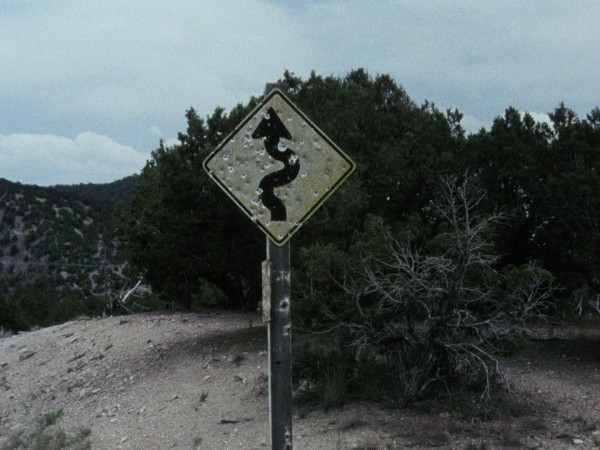
EXCERPT: “[Deseret is] a film that, like all of Benning’s work, expresses a faith that we can better understand our place in the world, better care for the cultural and natural environments we live in, by learning to be more attentive. It does not offer a new pastoral vision, but it does create a sense of the extreme complexity of relations between various groups of humans and the environments they share. In this way, too, it militates against simplistic myths about progress and wilderness.”
Rust Belt Grindhouse: Deadbeat at Dawn and the Gentrification of East Dayton’s Warehouse District
By Robert Gordon Joseph
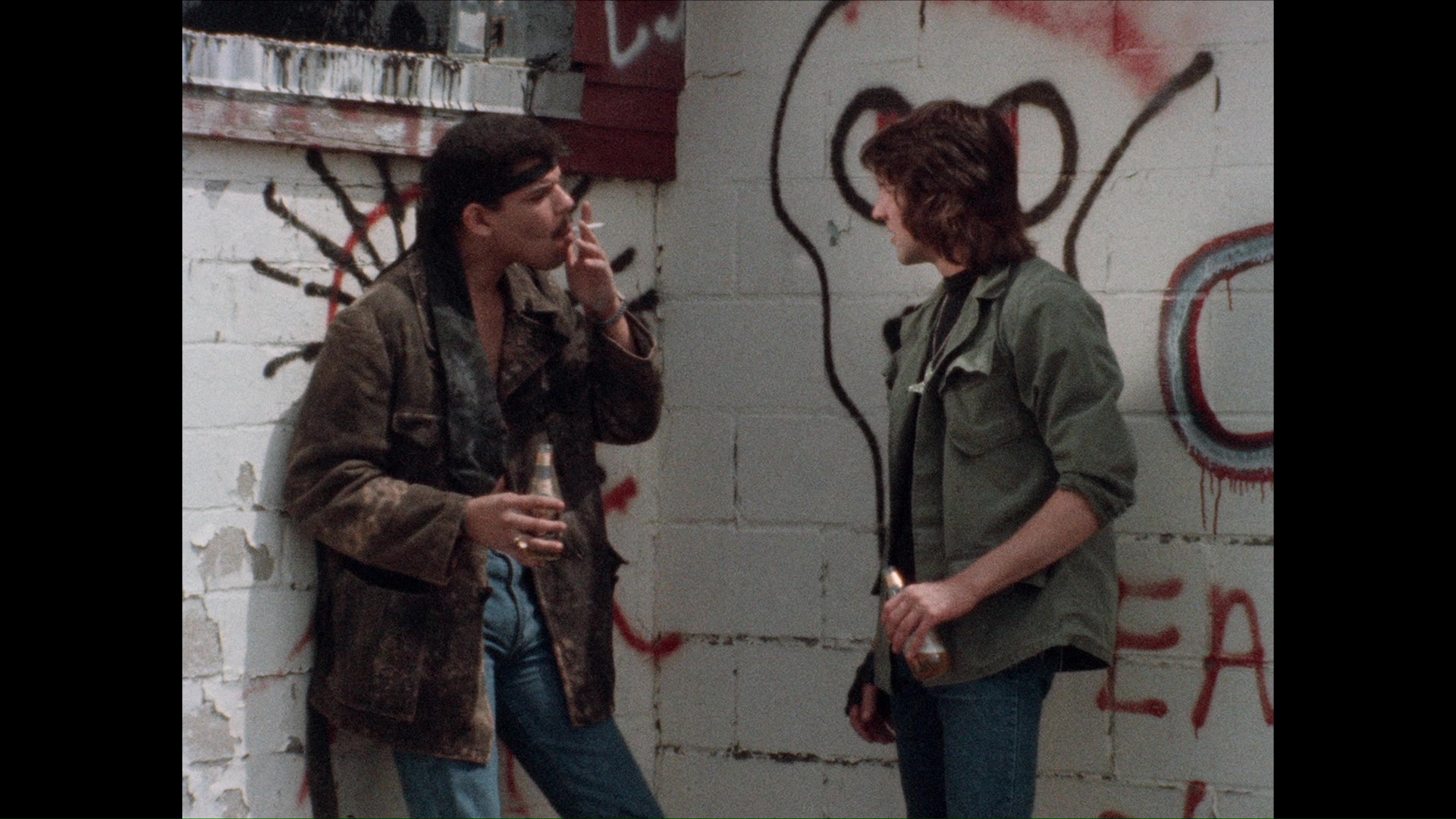
EXCERPT: “[Deadbeat at Dawn director Jim] VanBebber’s presentation of the locales as decaying industrial spaces demonstrates vanguard gentrification’s perception of run-down, forgotten spaces as authentic, while their recasting as cleaned up simulations of their former industrial status by the city and its economic redevelopment forces presents late-stage gentrification’s idea of authenticity, one centered around an artificial evocation of nostalgia for a city’s industrial past. This comparison demonstrates the contradictory aims of early and late-stage gentrifiers of industrial spaces, and the ideological overlap between urban exploitation cinema and vanguard gentrification.”
Live-Action Mistake: Disney’s Mulan (2020), Failure Analysis, and Media Industry Studies
By Peter Kunze

EXCERPT: “Failure itself is hard to define, and media failure is no easier. Failure can be a setback, mishap, or error observed within a project anytime from its initiation through its release or a final designation assigned to a media object after completion. Furthermore, it can have artistic, political, commercial, economic, critical, and social dimensions. […] Examining the 2020 Mulan in relation to the practices of the Walt Disney Company, the contemporary global media economy, and Hollywood’s complex and dynamic relationship with China lays bare the constructed nature – even temporariness – of a ‘failed’ media object.”
TV Plus What? Data-Capital, Brand Extension, and Lock-in Effects in the Apple Ecosystem
By Colin Crawford

EXCERPT: “This article considers how TV+ serves Apple as a data mine, a brand extension, and a way to strengthen its lock-in effects, by considering television in relation to the company’s ecosystem of hardware, software, and services. […] Such an examination…offers important conceptual and analytical directions for media industry analysis concerned with the range of ways in which the televisual moving image is employed and made valuable in the streaming era, and particularly within the ‘ecosystems’ of big tech companies.”
A Dream Deferred: Race, Space and Urban Representation in the Films of Steve James
By Michael Romyn
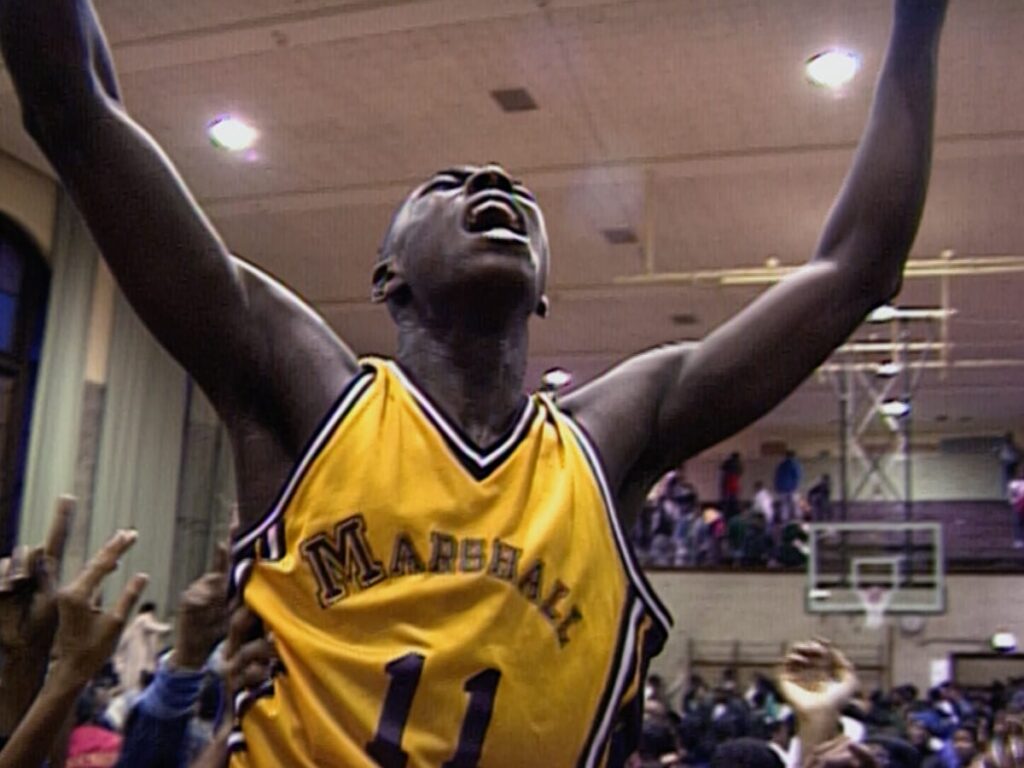
EXCERPT: “This is not to say…that Hoop Dreams and The Interrupters, like many ‘hood films’ of the black new wave, are not underpinned by certain familiar urban narratives. Yet within these narratives – and largely without in the case of America to Me – James is uninterested in trading in the pathologizing ‘lore’ of the racialised inner city. Instead, his films’ more expansive treatment of inner urban life – with stories encompassing discriminatory attitudes and practices, resilience and resistance, small victories and celebrations, and much in between – as well as their embeddedness in certain Chicago locales, explode the boundaries of the mythic inner city, clearing a way to chart more affective and experiential terrain.”
Beyond the Algorithm: Curating a Streaming Library for Documentaries
By Nora Stone

EXCERPT: “The launch of OVID and Projectr/Grasshopper Watch is a promising development for audience access and content diversity within the streaming video landscape. They are serious attempts to make films with little commercial value, like documentaries and art films, available online, outside the educational market. Now that we are beyond the first flush of streaming video, it is obvious that general-audience streaming services are not and will never be archives. […] OVID and Projectr/Grasshopper Watch’s founding is a hopeful sign that documentary filmmakers and distributors recognize the urgent need to build an alternative, long-term home for their work.”
“The All-American Smile”: The Deconstruction of Robert Redford’s Star Persona in David Lowery’s The Old Man & the Gun
By Timothy Penner
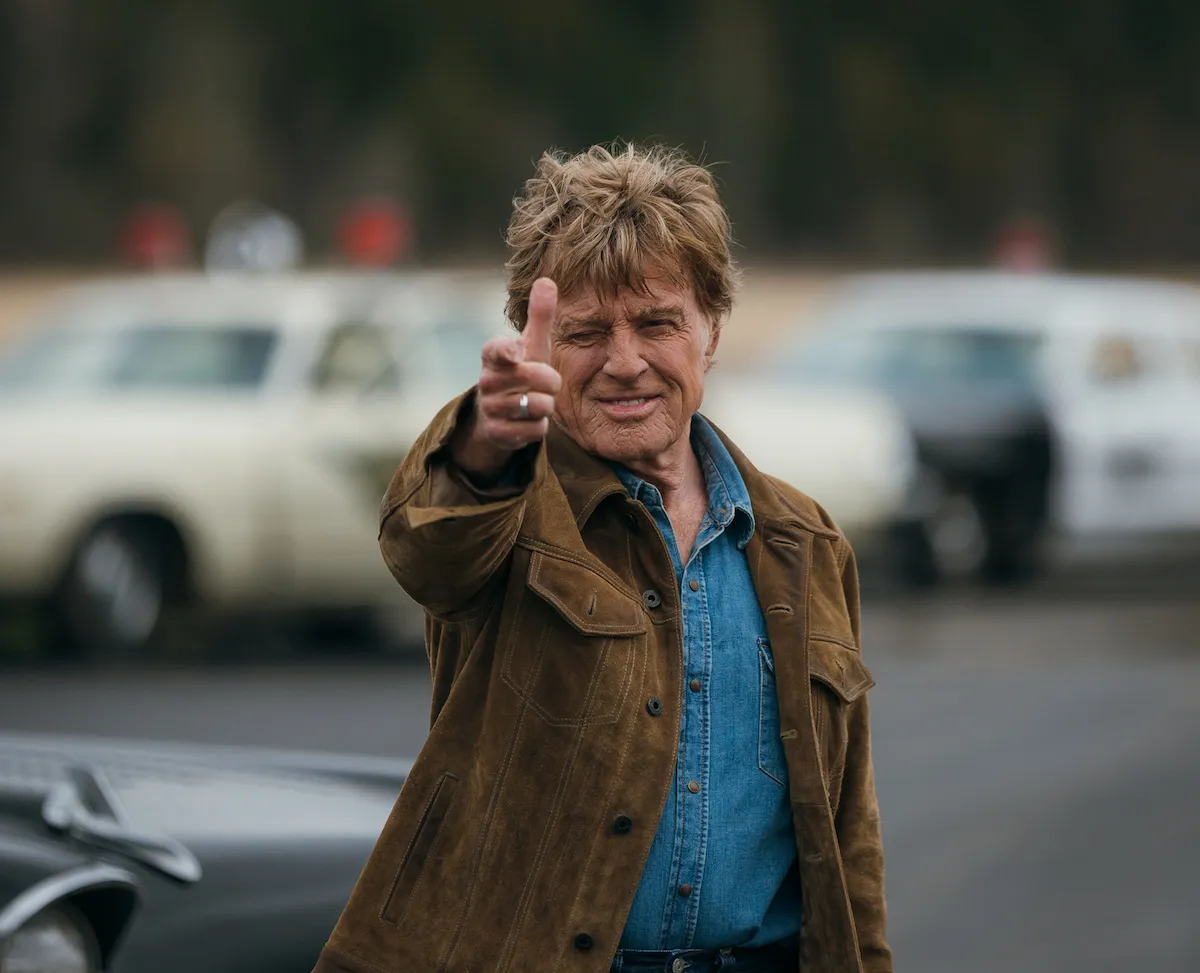
EXCERPT: “While [The Old Man & the Gun] tells an ostensibly true story about a real person, Lowery has made it clear that the Forrest Tucker character in the movie has much more in common with Redford’s star persona than it does with the real-life Tucker. This is a common element of many star-driven biopics; however, Old Man stands out for the way the character blurring happens in both directions. As I will show by reading Redford’s persona and his final film through the lens of Star Studies, Lowery’s film not only uses aspects of Redford’s star persona to create the fictionalized Forrest Tucker, but it also uses Forrest Tucker (the character) to deconstruct Redford’s persona as a mythologized figure of Hollywood stardom.”
Reviews

Audiovisual Tourism Promotion: A Critical Overview

Review by Liza Palmer
Excerpt: “A book like Audiovisual Tourism Promotion, ably blending film studies and socioeconomic methods, gives us a common starting point to assess tourism media, which can only enhance future scholarly work on travel film, past and present.”
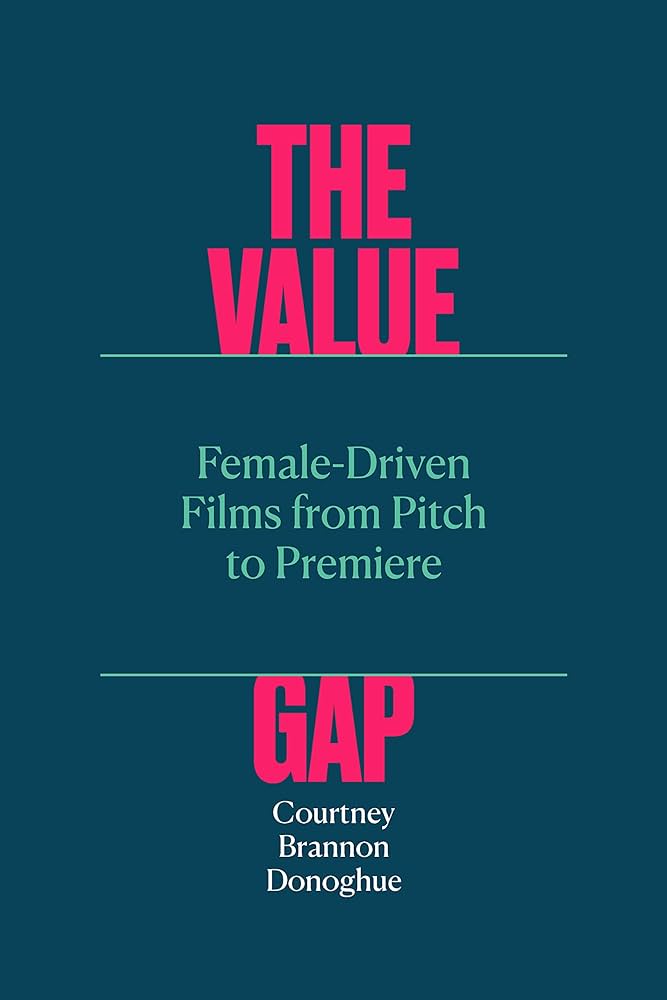
The Value Gap: Female-Driven Films from Pitch to Premiere

Review by Emma Lynn
Excerpt: “Thematically, Donoghue’s text convincingly engages with “value” as a core concept. She articulates how industry logics within media industries claim that female-driven projects often have lesser value.”

Modern European Cinema and Love

Review by Kate Ince
Modern European Cinema and Love, Richard Rushton (Manchester UP, 2023)
Excerpt: “As Rushton himself readily admits, there are many areas in philosophies of love and coupling that Modern European Cinema and Love does not even touch on. Sexuality is entirely absent, as is embodiment in the guises explored by phenomenological film criticism of the last thirty years. But the book is a hugely worthwhile read for anyone interested in modern European cinema, Cavell or Bersani.”
